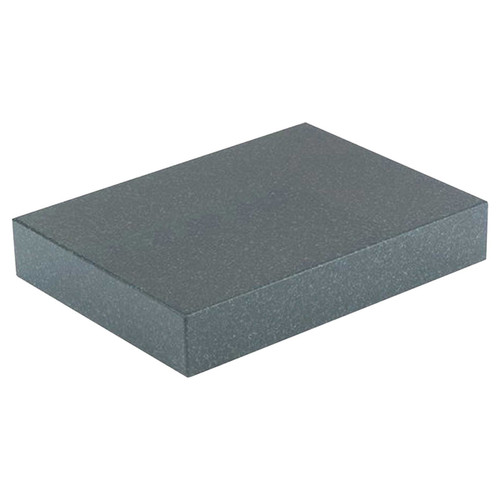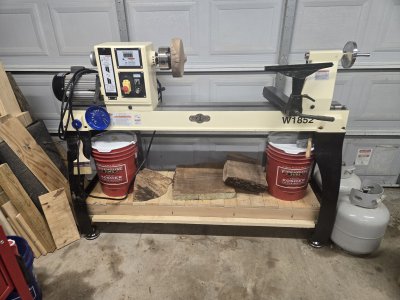@matthewsx ,
@Chipper5783 you are correct: shimming the mill on a "flat enough" surface will give the same results, with a lot less trouble, since I might end up having to shim anyways, should the concrete base end up insufficiently flat.
As a "machinist with no other purpose than to machine" (... in other words a hobby machinist...;-), I find that improving the accuracy of "budget tools" are quite interesting projects.
If the goal was to get the most accuracy and rigidity per dollar, a "real mill" (heavy second hand machine) would be cheaper and superior, but unfortunately I have the "mill must be brought in the basement" constraint, and that exclude a lot of superior (and cheaper) machines that I see on the second hand market.
So my lightweight (low rigidity, low accuracy) mill impose the initial constraints I have to work with, but that doesn't make the project less interesting.
The "crazy flat concrete base" is a component in a larger strategy to increase the rigidity: the main idea is to bolt the upper end of the mill column to the concrete basement wall, as the column is where most of the flexion occurs.
As you are probably guessing: bolting the top of the column with a rigid fixture to the wall can create serious problems if the mill itself is on a flimsy base.
A nightmare scenario resulting from such a "half genius" design be would be a sinking base with the mill holding itself to the wall by the column !
Should the base move in any direction after the column has "become one with the concrete wall", the risk of permanent deformation is quite likely.
So evidently, if the column "becomes one with the concrete wall", the base also needs to "become one with the concrete floor", which translates into a steel tube structure design for the base, strongly bolted to the wall.
An important design constraint of the fixture that links the column to the wall, is that it must not impose any movement of the column while tightening the screws, in other words it needs to adapt to the position of the column in all three axis, and not the other way around.
Even in that context, I think that your idea of just shimming is a superior alternative to obtaining a crazy flat surface (superior in that it is just as good with less effort, even if my hobbyist time is free, I prefer spending it where produces measurable results).
But I'd like to give one last chance to the "crazy flat base" idea before I discard it.
As far as I can think, a "crazy flat base" will only be beneficial *IF* (and only if) the base was co planar with the Y axis dovetail sliders after milling, and the base had distorted during transport, or as a result of stress movement in the casting. In this case, a highly planar base would correct the distortion, while shimming would maintain it.
The probability of such a "correction opportunity" seems low, and I'm not feeling the urge to put the mill on the granite to find out, so I think I will go with a "MDF board" level of flatness, and shims between the mill and the slab.



